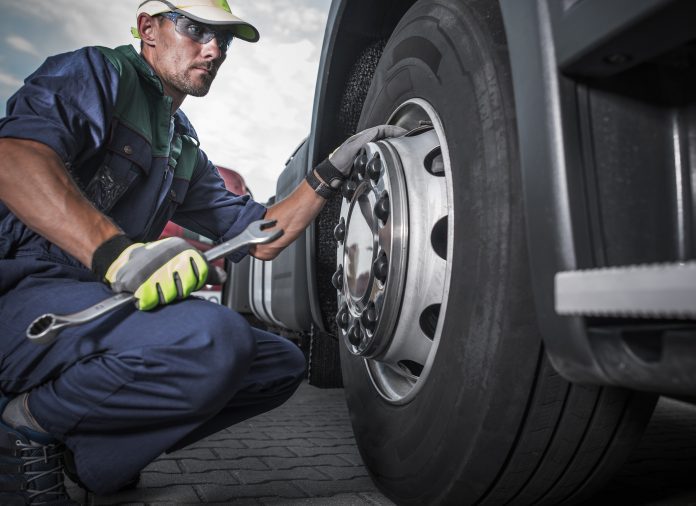If your service drive isn’t actively selling tires, you’re leaving serious money—and long-term customer retention—on the table. Tires aren’t just rubber and steel; they’re round, rolling relationships. They’re also one of the most overlooked and underutilized tools in your fixed ops toolbox. Let’s talk about why, when, and how to sell tires the right way in your dealership—and just as importantly, how not to.
The tire opportunity you’re ignoring
Let’s start with the cold, hard truth: dealerships sell only about 7–10% of the tires purchased by retail consumers. The rest? They go to big-box stores, tire chains, and aftermarket shops who don’t even know your customers’ names. Meanwhile, you’ve got the relationship, the vehicle history, and the opportunity right there in your service drive—and yet we’re giving up the easiest sale in the store.
It’s not a parts problem or a price problem. It’s a process and people problem.
Tires as a retention tool, not just a line item
Tires may not be the most profitable line item on your RO, but they are one of the most strategic. Why? Because customers who buy tires from you are 75% more likely to return for future service. When we sell tires, we don’t just keep the car—we keep the customer. That’s the name of the game.
Tires bring customers back at the interval where we’re most likely to lose them. If they go to Joe’s Discount Tire down the street, Joe’s going to rotate those tires, check the brakes, and sell them a cabin filter next time. That should be our business. Selling tires isn’t just about hitting a number—it’s about owning the lifecycle.
What to sell: Stick to the script
Advisors often get paralyzed when the topic of tires comes up because they don’t know what to recommend. It’s simple:
Start with what’s on the car. That’s your anchor—same brand, same size, same speed rating.
Offer a more economical alternative. Every store should have a go-to value brand that’s always in stock and priced competitively.
Bundle with alignment. Every tire quote should include an alignment check. Every time. Period.
The key is confidence. When an advisor says, “You need tires, and here are two great options we can install today,” that’s a professional recommendation. When they say, “You need tires, but I don’t know what they cost or if we have them,” that’s an open door for the customer to leave—and not come back.
When to sell: Yellow means go
Tires should be sold before the car ever hits the shop. Once it’s in the air and we’ve already started other repairs, it’s too late. Now you’re trying to rush-order tires and disrupt the tech’s workflow.
Here’s the rule:
Green = mention we sell tires at the best price for future awareness.
Yellow = conversation and a quote.
Red = urgency – use words like “safety” and “required”.
Yellow tires (4/32” tread) are the sweet spot. That’s when you plant the seed:
“You’re going to need tires soon. We’ve got OEM-spec and budget-friendly options ready today. Here’s a quote so you can plan ahead”
Let’s be honest—red is too late. If they’re down to 2/32”, it’s a safety issue, and now you’re making a fear-based sale instead of a value-based one.
How NOT to sell: Statement vs. question
This one drives me crazy. I hear advisors say:
“Your tires are getting low…can I get you a quote”
That’s not a sales pitch—that’s a disclaimer, and an open invitation for a NO. It gives the customer an out. We’re not there to report, we’re there to recommend. Try this instead:
“Your front tires are at 4/32” — getting close. I’ve got a couple of options we keep in stock that are priced right. Want me to show you what those look like today so we can knock it out and save you a second trip?”
See the difference? We turned a passive statement into an assumptive question that invites a yes.
Don’t ask “Do you want tires?” Ask “Which option works better for you today?”
Execution: It’s in the daily process
If you want to build a tire culture in your store, you have to bake it into the process:
-
Tire tread depth must be checked on every car.
-
Advisors must have easy access to current pricing on OE and value-line brands.
-
Walkarounds must include tire conversations in the drive, not after inspection.
-
Tread readings should go on the RO and be reviewed in every morning meeting.
-
Set a daily tire sales goal. One set of tires a day, per advisor. Just one. If you’ve got four advisors, that’s 20 sets a week. Do the math.
Final thoughts: Round and rolling revenue
Selling tires isn’t a “maybe” in today’s fixed ops environment—it’s a must. It’s low-hanging fruit that drives retention, increases
CP RO totals, and keeps customers in your orbit instead of drifting to the aftermarket.
Let’s stop letting the tire chains and warehouse clubs eat our lunch. Your customers already trust you with their safety and their service—so why not their tires too?
If you’d like help building a tire-selling process, from advisor scripting to inventory strategy, reach out. I’ve helped dozens of stores turn this overlooked category into a consistent, culture-driven win.





